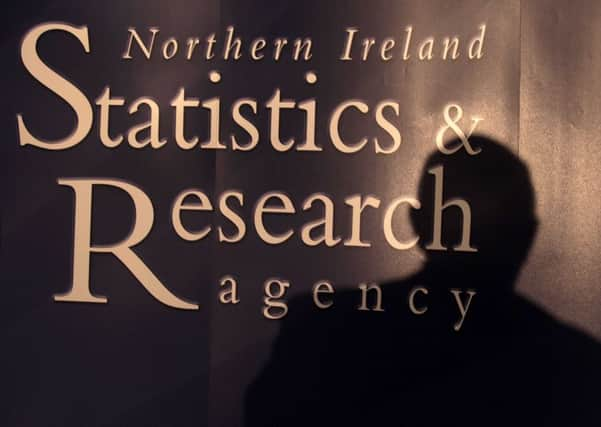Catholic representation in civil service up 7.3% since 2000


The Northern Ireland Statistics and Research Agency (NISRA) today published a report showing a snapshot of the composition of the Northern Ireland Civil Service (NICS) at 1 January 2017, trend data, analysis of recruitment and promotion competitions, and analysis of leavers.
The composition of the NICS at 1 January 2017 was 49.4% male, 50.6% female, and (excluding those whose community background was ‘Not Determined’) 51.0% Protestant, 49.0% Catholic.
Advertisement
Hide AdAdvertisement
Hide AdMales continue to outnumber females in the more senior roles, however there have been substantial increases in female representation at these levels, particularly at Grade 5 and above (2000, 11.3%; 2017, 37.6%). A similar pattern was evident, but less marked, in the case of community background, with the proportion of staff who were Catholic being highest in the most junior grades and lowest in the most senior grades.
Since 2000 the NICS has seen Catholic representation rise by 7.3 percentage points. Overall in 2017 the community background composition of the NICS is similar to that of the economically active population.
The NICS has an older age profile than that of the economically active population. The average age (median) of staff has increased from 39 in 2000 to 46 in 2017.
The proportion of staff from minority ethnic groups was 0.3% and the proportion of staff who had declared a disability was 5.6%.
Advertisement
Hide AdAdvertisement
Hide AdAnalysis of appointments from promotion (96 appointees) and recruitment (360 appointees) competitions with a 2016 closing date indicates that the profiles of successful candidates were broadly in line with what was expected although differences did emerge across some of the equality categories.
The voluntary exit scheme accounted for the majority (66.2%) of the 1,868 individuals who left the NICS in 2016. Leavers tended to fall in to the older age group with the majority aged 50 and above (68.5%).